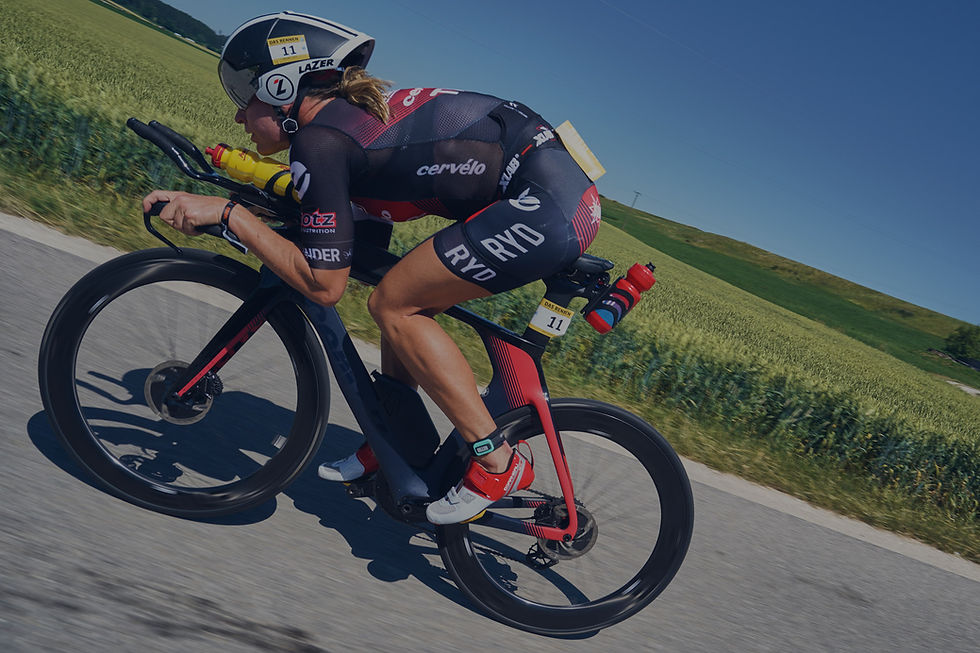
Since we’ve started selling training plans on Trisutto.com I have been asked frequently about bike cadence and why I’m such a proponent for age-group and pro triathletes from non-cycling backgrounds using low cadence training:
My view is that if an athlete has not had the advantage of a competitive cycling background then the ability to learn how to ‘feel’ the pedal stroke, which enables a rider to spin effectively, is lost to all but an exceptional few.
Indeed, many professional cyclists who train between 750km to 1200 km a week never acquire the ability to use the high-cadence technique effectively. So if professional riders spending 6-days a week training a minimum of 4-5 hours a day are not able to find it, then what hope does someone with no cycling background putting in a maximum of 200km have of mastering the ‘Lance Armstrong high cadence’ model? In my experience very little.
Yes, there will be exceptions, but how many do you think? I tend to train not for the exception, but instead make adjustments when they come along every generation or so.
Many field and lab tests have attempted to show that high cadence spinning is more efficient to the newcomer than just stomping the big gear. Yet the results in nearly all cases only serve to prove that the exact opposite is true.
In fact most tests show that subjects from a non-cycling background produced more power and sustainable speed at cadences between 60 (yes, 60!) and 70 cadence. Any higher and the effciency was lost. I’ve seen studies from USA, Australia, England and even France that all come with the same conclusion. Over 70 cadence and the subject’s watts-to-power endurance was significantly less than those under 70 cadence.
A common theme across all studies is that the heart rate began to climb at the various cadence levels and that once the riding novices were asked to hold 100 cadences not only did their performance diminish, but also their heart rate rose to levels approaching 15 % below maximum for the entire tests. The data on this is pretty clear cut and I would hope to any reasonable person not a debatable point:
One of many studies demonstrating clearly the benefits of low cadence training. Thanks Jordan Rapp.
So how does this knowledge inform my opinion on using low cadence work? In triathlon we have to train not one, but three disciplines and our actual bike hours are limited for training compared to cyclists. Most, if not all triathletes are not ex-professional cyclists with an innate feel of the pedals. Thus the style of spinning may be detrimental to them riding to the best of their ability.
In triathlon the race is not over once the bike leg is finished. Riding with an elevated heart rate close to one’s anaerobic threshold is not advisable if one wants to jump off and run at an optimal pace.
Hence the reason I advocate using high gear, low cadence training. Over the years experience and results have proven my judgement correct as all age-group athletes I have worked with have gone on to make rapid and sustainable gains on the bike.
At Trisutto.com we’re about function over form. What works for the individual is what is right.
Watching a 100kg athlete spinning down the road at 100 cadence makes me want to cry. As does watching certified level coaches teaching 50kg, 5’2 females how to swim like Michael Phelps for their upcoming tri races. It is not right. Phelps is 6’6 and has the wingspan of a small jet. What works for the top 1% of athletes at the top 1% of their sports is not the model that is going to improve your triathlon.
So take my tip: If you want to run to the best of your ability off the bike and get the most out of it while you’re on it, then lower cadences will produce for you.



Comments